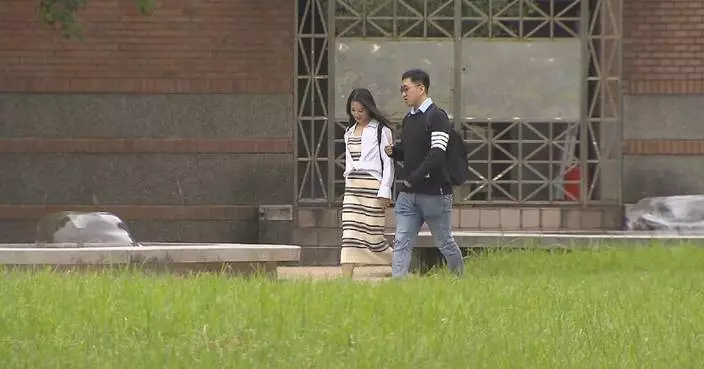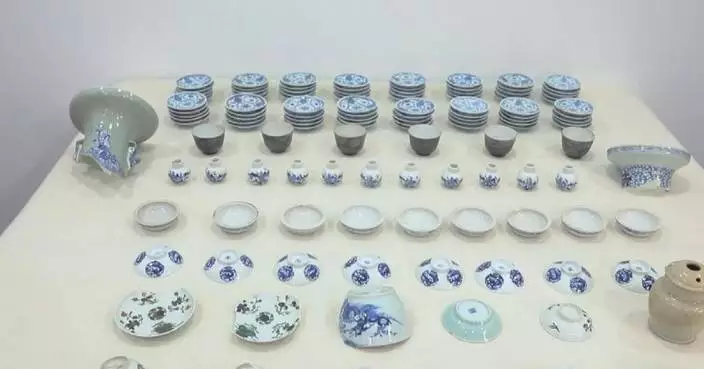The Guimet Museum, which boasts the largest collection of Asian art in Europe, plans to present China elements in all its activities throughout the year, according to Yannick Lintz, curator of the museum.
Located in Paris, France, the Guimet Museum was founded by Emile Etienne Guimet, an industrialist at Lyon, to collect art from the East.
"When you walk through the exhibition halls, you'd see Buddha statues that reveal the profound Chinese history. When we are in these halls, we would have a kind of feeling that these historical figures are looking at you and touching you through thousands of years of history. The artworks we see date back to hundreds and even thousands of years ago. They explicitly articulate what the mutual influence and dialogues are between different civilizations and arts," Lintz said in an interview with China Central Television (CCTV) ahead of President Xi Jinping's state visit to France.
"The Silk Road is a very good example. It explains what exchanges are, for example, the exchanges of materials, technologies, and the exchanges between peoples and artists. Trade is also a way to spread art. It eventually takes arts to places all over the world. Artists either imitate art in other countries or draw inspiration from overseas art to become better. So this involves challenges during dialogs and exchanges," she said.
This year marks the 60th anniversary of the establishment of diplomatic relationship between China and France and the China-France Year of Culture and Tourism.
So China is taken as the thematic word for the museum this year, which is presenting ancient and elegant art such as porcelain and famous masterpieces from the Tang (618-907) and Ming (1368-1644) dynasties, and colorful activities for European visitors to enjoy the profound Chinese culture.
"A few months after I became president of the museum in September 2022, I had the privilege to accompany President Macron during his visit to China. For me, the magical door to this beautiful country opened. Since I was back, I have also received many Chinese delegations at the Guimet Museum. I can clearly feel the desire of both sides to contact and communicate. Of course, this stems from the long-standing reciprocity and sincere friendship between France and China. Now, I think I have really understood China and feel very close to the country," Lintz said.
"I hope that throughout this year, when people in Paris want to meet China, the Guimet Museum is the best place for them to go to. This is why I decided that every activity at the museum throughout the year will feature Chinese elements. We will hold exhibitions throughout the year. The outside wall of the museum will be a big surprise. You'll see that when we are at the door of the Guimet Museum, it's like we are in China. Of course, we can also enjoy a series of appointments with Chinese films, music and operas at the auditorium of the museum," she said.

French museum takes China as theme of year









